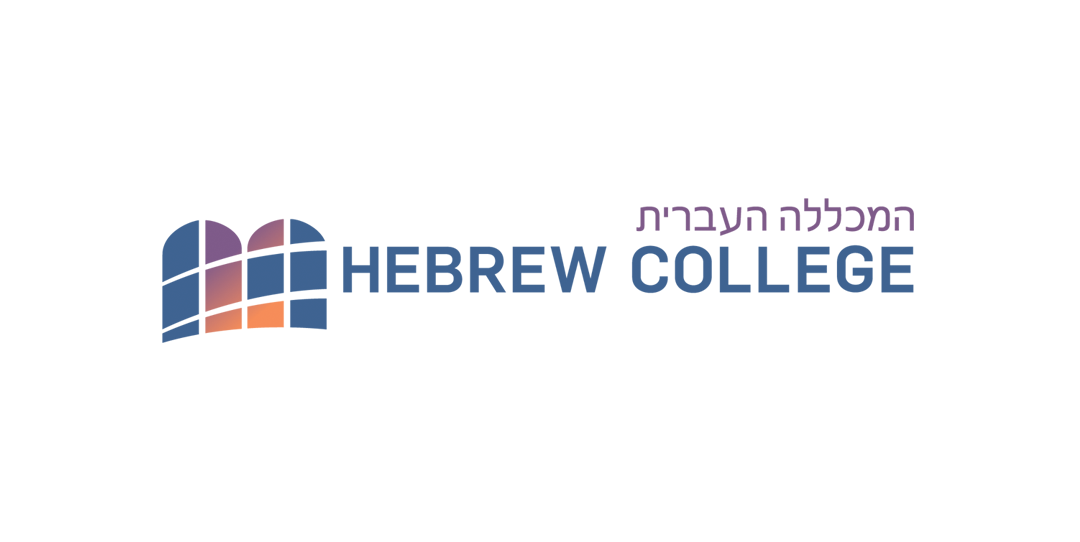Pluralistic Perspectives On Teachers and Students

This week of parashat Shoftim is framed by the yahrzeits (anniversary of passing) of a master and disciple. This past Sunday, the 28th of Av, was the yahrzeit of R David HaKohen, the Nazir. Friday, the third of Elul, is the yahrzeit of his teacher, R Avraham Yitshak HaKohen Kook.
Basic outlines of their biographies and work are easily accessible on the internet so I will not reproduce them here. Suffice to note that the Rav Kook is indisputably one of the greatest Jewish mystical masters of the 20th century; it was his disciple, the Nazir, who first edited his writings and made them accessible in book form.
Our generation has seen a great deal of abuse of spiritual power. We have seen spiritual teachers take advantage of their students financially, sexually, emotionally and in many other ways, causing tremendous pain and suffering. Understandably we are very suspicious of the master-disciple relationship, and as a society have often limited ourselves to receiving only intellectual knowledge from teachers, or limited ourselves to short un-committed relationships with teachers.
And yet, the master-disciple relationship is one of the most treasured relationships of our tradition. It is important to understand that the relationship is not the transmission of knowledge. It is rather the relationship which is the context within which knowledge, both intellectual and other, is transmitted, resulting in growth on both sides. Certainly the forms of this relationship must respond to the social upheavals of the 20th century, and particularly to the feminist revolution, which has brought great and blessed change into our world of learning and teaching. Like everything else, this relationship is in the process of becoming, and in my opinion is worth preserving and recreating, despite and in response to the abuses we have seen.
In honor of the beauty and growth possible in such relationships, I offer the following piece. It is a translation of the Nazir’s description of the first time he met R Kook and of the moment he knew that this was his teacher. It appears in the introduction he wrote to the first volume of R Kook’s “Orot HaKodesh” (Lights of Holiness).
May we all merit finding teachers and disciples, and may the merit of all the ancient teachers and disciples be there to support us.
Orot HaKodesh – Introduction HaRav HaNazir David HaKohen
Twenty seven years ago, I was in Basel, Switzerland, studying the history of Philosophy and its ideas. I was full of thirst and longing for truth, particularly the Israelite truth, when I heard of the master who was then in the east part of the country1. I wrote him a letter, and upon receiving his response, I decided to go meet him.
After immersing myself in the waters of the Rhine, I took the book “Sha’arei Kedusha”2 with me, and full of doubt and expectation, I made my way to the master.
I came to him on the eve of Rosh Chodesh Elul (5675-1915)3 and found him discussing Halacha with his son. The discussion turned to the philosophy and literature of Greece, and how this wisdom had not satisfied even its original followers. I stayed the night with them.
On my bed at night, my heart knew no rest for my destiny was being decided.
And with the first morning light, I heard steps pacing to and fro. I heard the morning blessings and the recitation of the binding of Isaac sung to a supernal tune from the highest heavens of antiquity4 – “remember the love of the ancient ones…” I listened. I was transformed and I became a different person.
After prayers, I hastened to write a letter to inform that I had found more than I had hoped for. I had found a master for myself.
Comments
1) R Kook had already immigrated to Eretz Yisrael in 1904 and was the rabbi of Jaffa and the new Jewish settlements. World War I caught him fundraising in Europe, and he spent the rest of the war in Switzerland and England. The meeting with the Nazir occurs in the resort town of St. Galen. At the time, R Kook is 50 years old and the Nazir is 28.
2) Written by R Hayyim Vital, “Shaarei Kedusha” is a guide book to achieving prophecy. The first three parts of the book describe the life you must live if you want to achieve prophecy and the fourth part details unification practices to bring about the experience. While the book (its first three parts) was one of Vital’s most published books, part four was never published until the latter years of the 20th century. The Nazir takes the book with him not in order to study it with R Kook but as a symbolic act expressing his goals and aspirations for the meeting and for the relationship he hopes to develop with the master. Many years later, when R Kook asks him to develop a curriculum for his Yeshiva, the Nazir proposes a curriculum based on the same premise, i.e. preparing people for prophecy. (This curriculum is included in the Nazir’s published diaries.)
3) In later years, the Nazir made a point of re-enacting this pilgrimage to his teacher every year on Erev Rosh Hodesh Elul. He passed away the day before erev Rosh Hodesh, the 28th of Elul 5732 (1972).
4) This line and the next are quotations from the liturgical introduction to the daily recitation of the Akeidah. “Remember us with help and compassion from the highest heavens of antiquity and remember, for our sake, the love of the ancient ones, Avraham, etc.”

